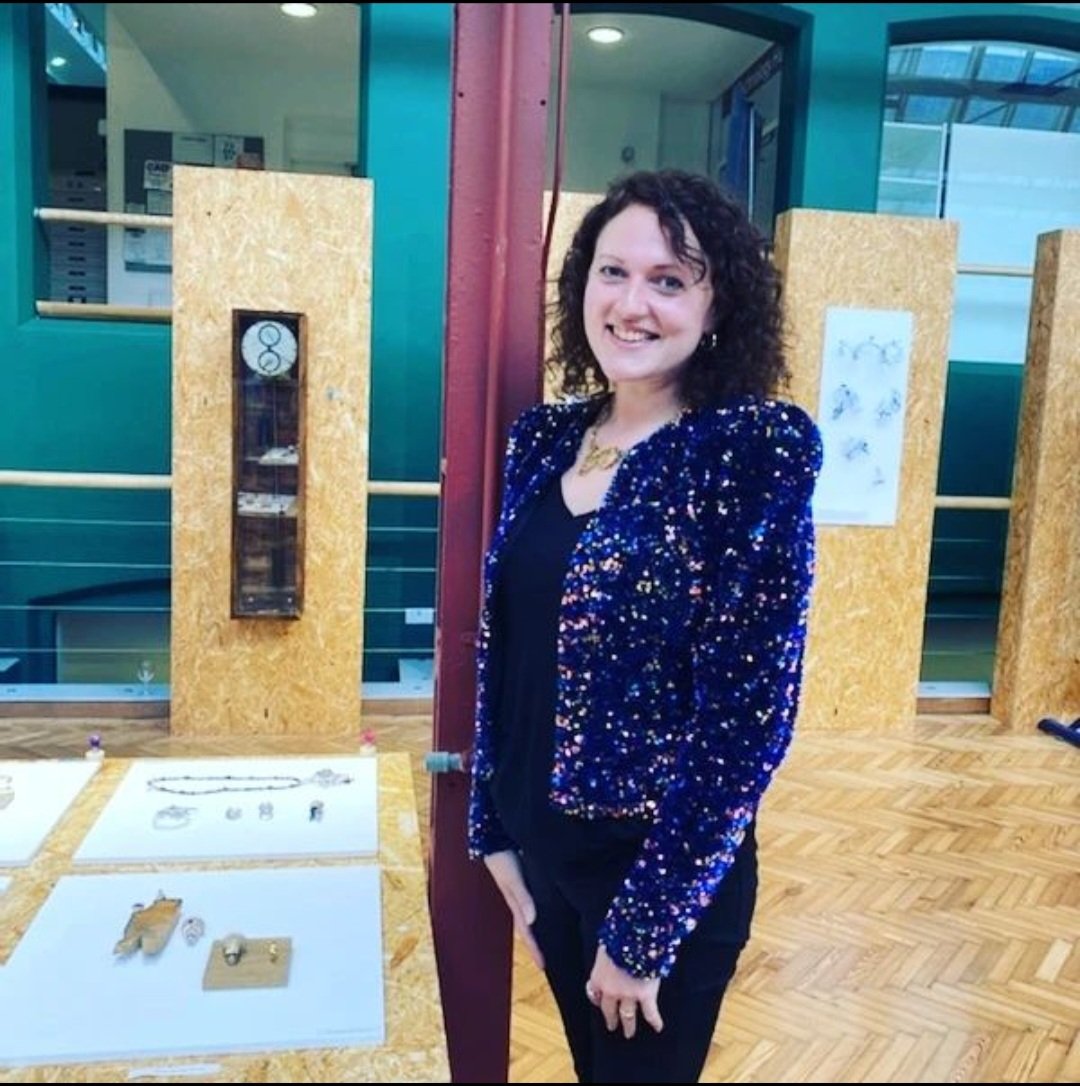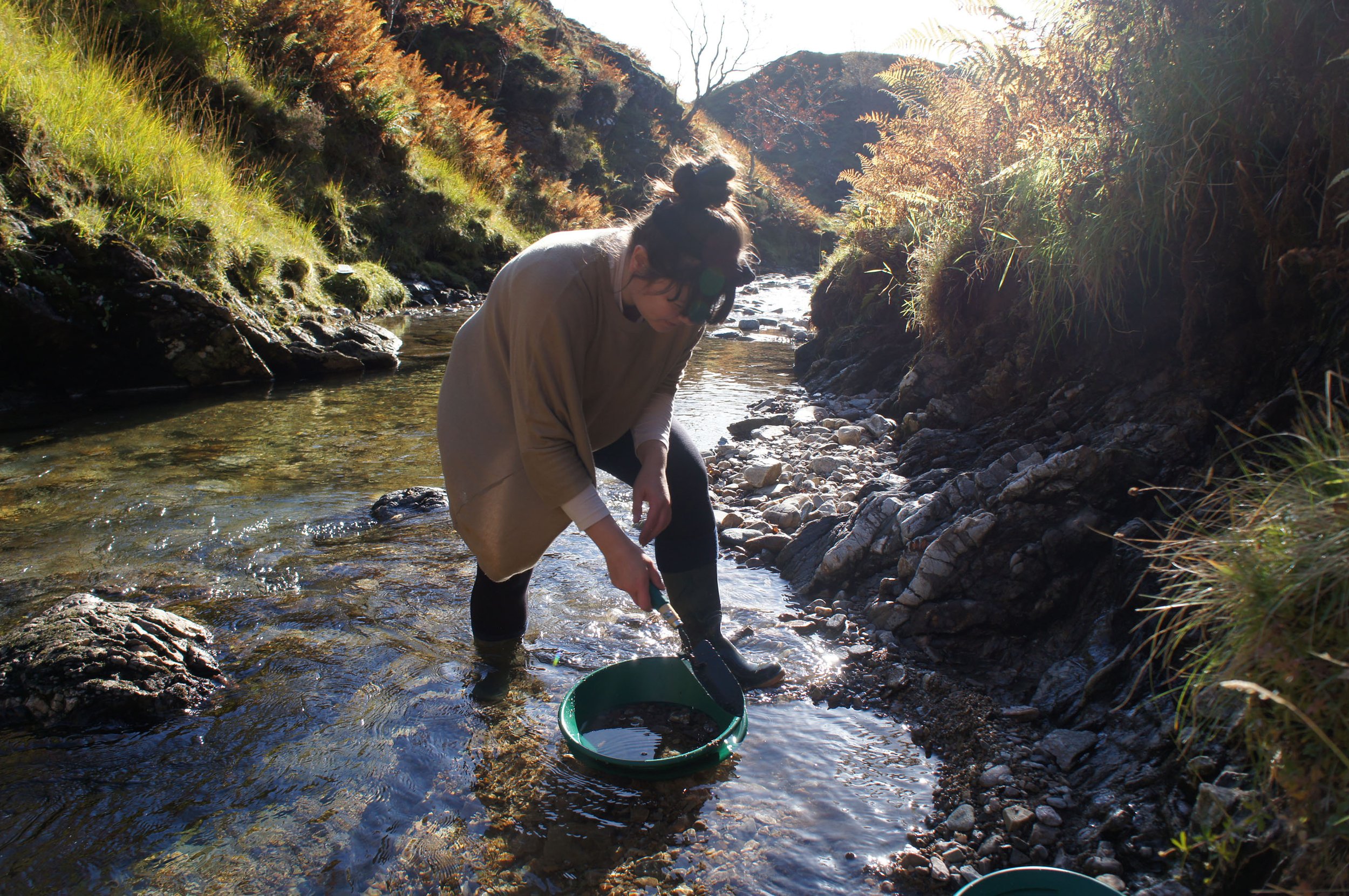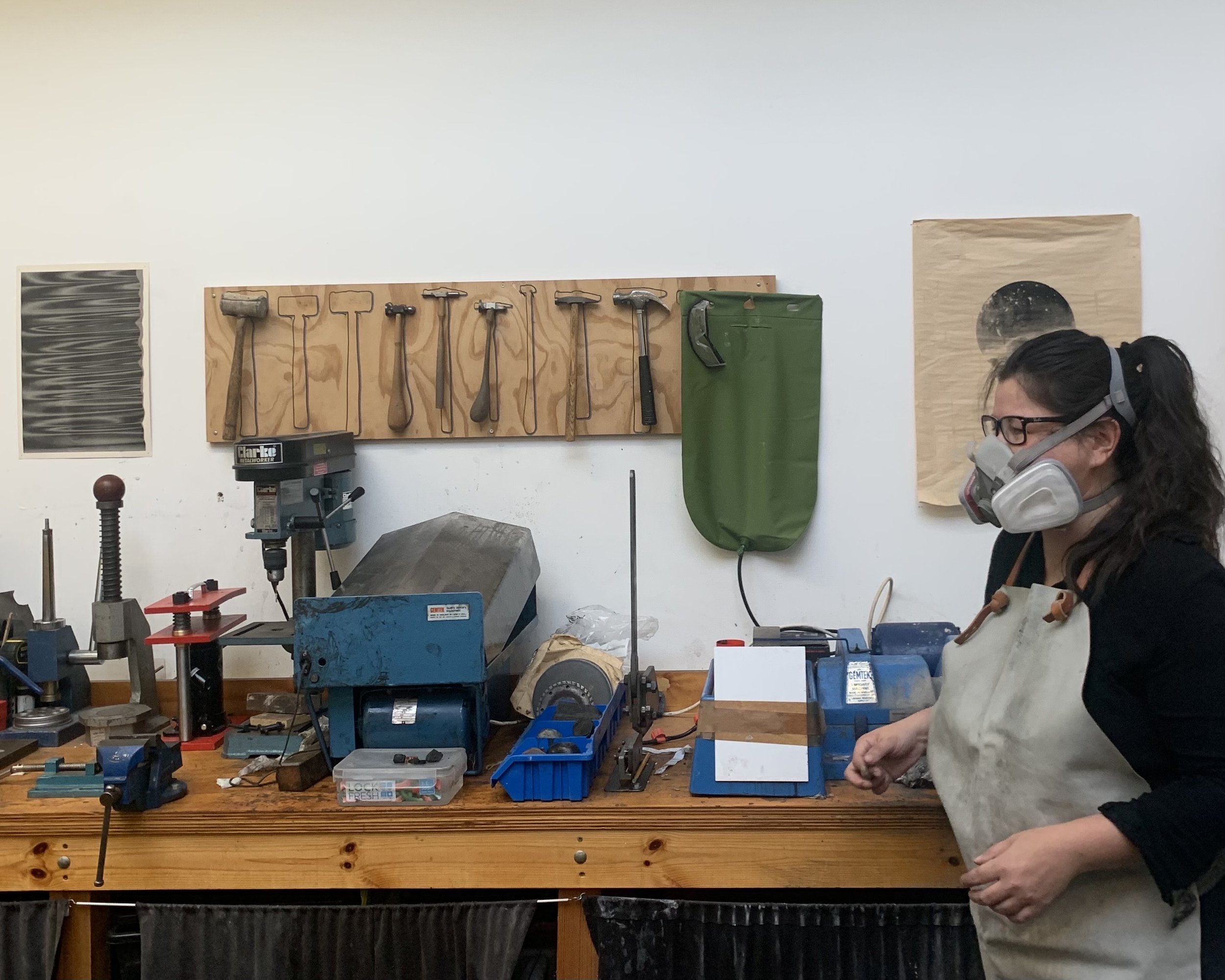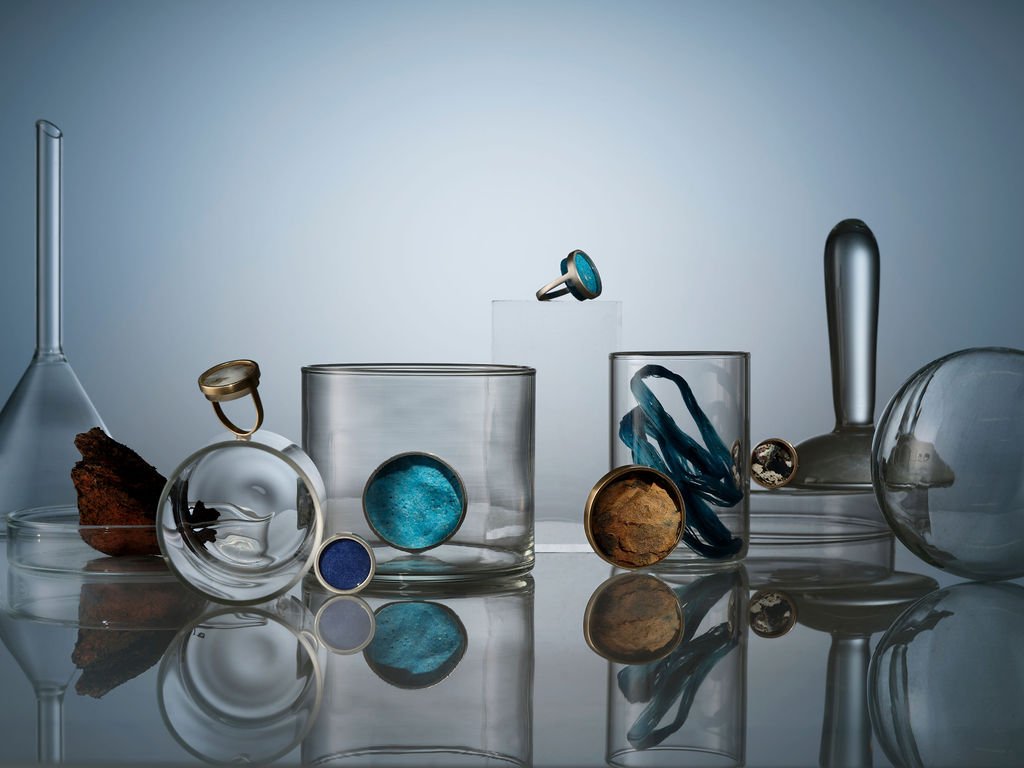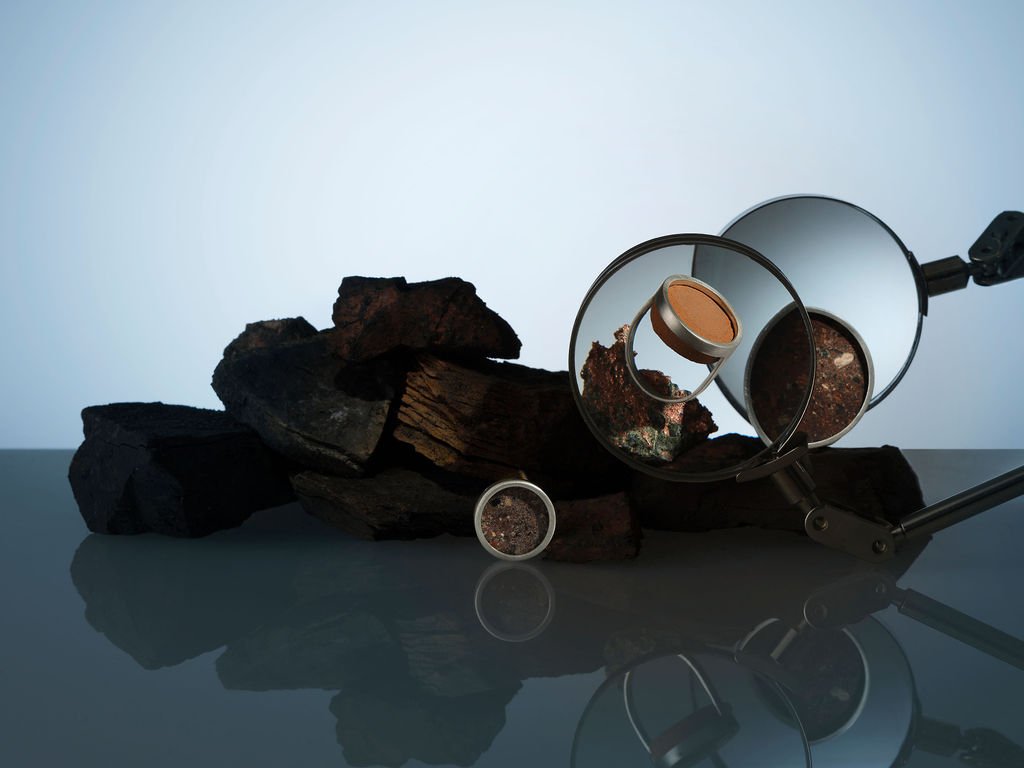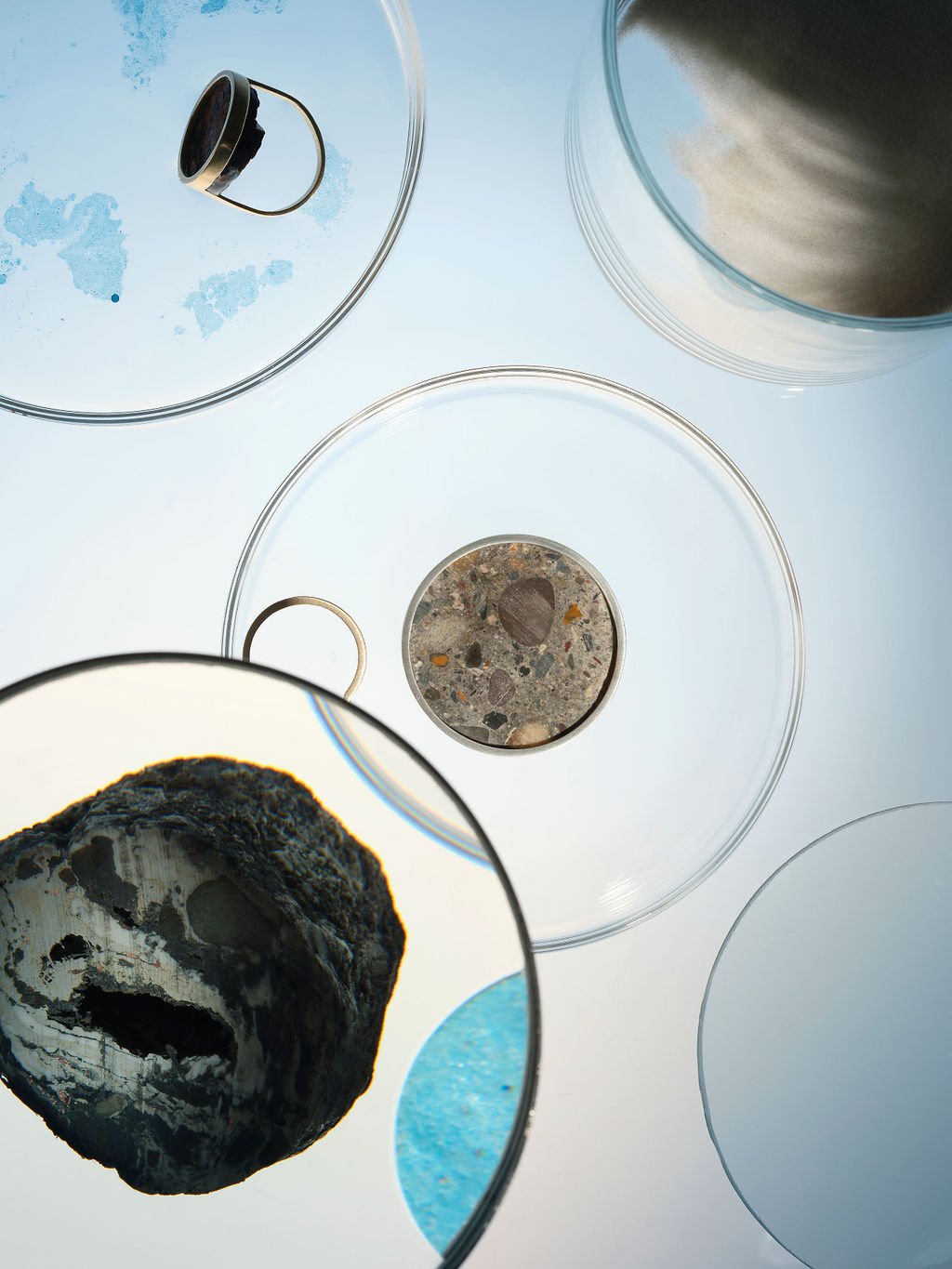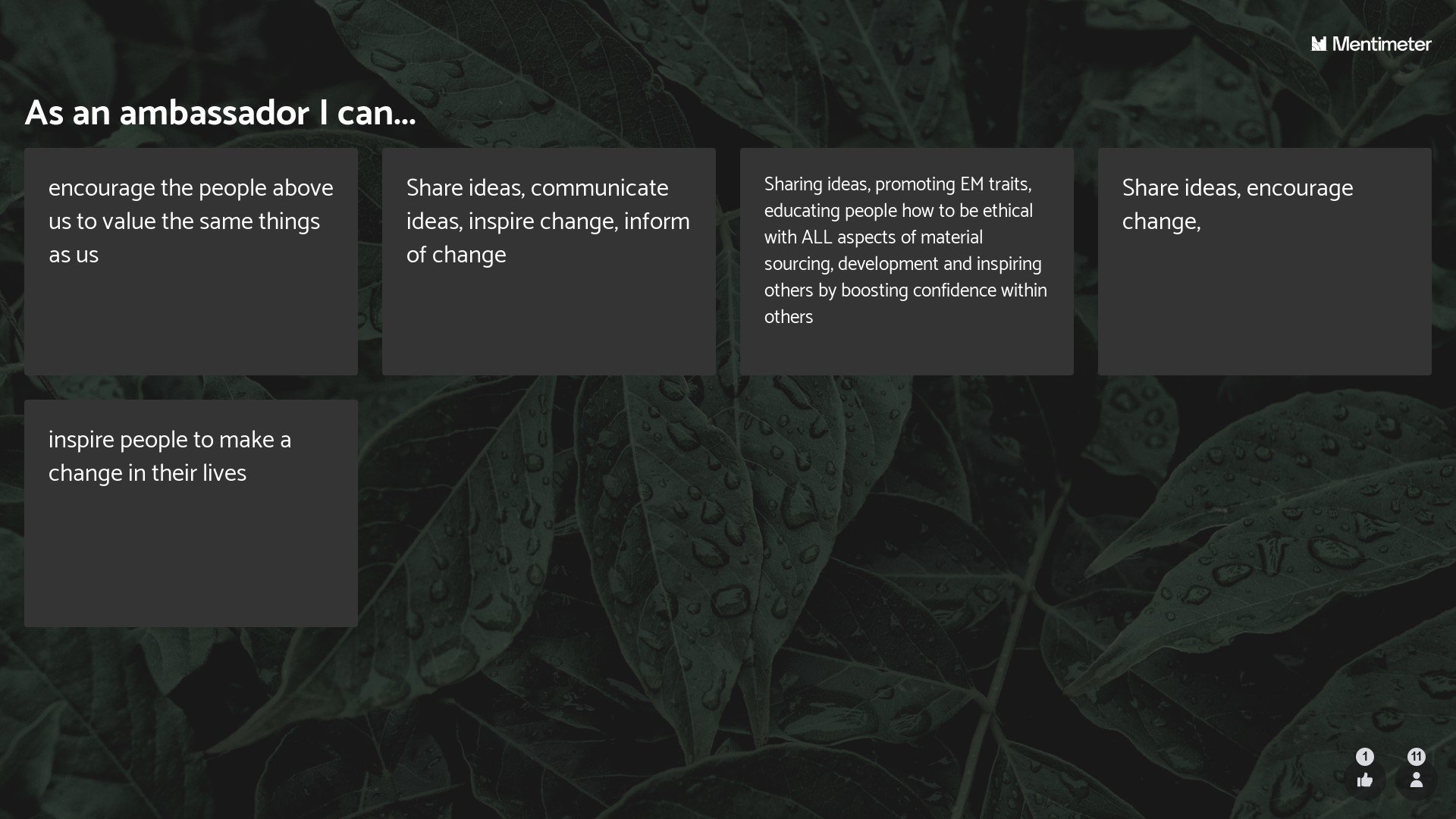Designing for Change | Ethical Making Ambassador Session
As part of the Ethical Making Pledge, we have biannual sessions with student ambassadors from across all signatory institutions. This academic year ambassadors have been identifying opportunities for taking positive action(s) within their institutions.
First, programme manager for Ethical Making, Dr Karen Westland offered a brief re-cap on the first session, which outlined the complex nature of precious mineral supply chains. This was a natural lead in to welcome guest speakers and designer-makers Pip (of Philippa Louise Jewellery) and Stefanie Cheong to share their journey and personal experience working with traceable minerals.
Pip set up Philippa Louise Jewellery after graduating from The School of Jewellery in Birmingham, UK in 2022. During her final project, she focused on researching sustainability within the industry, and how she could use this knowledge to set up a business with ethical making at the forefront of it. Pip uses a number of practises when making, including traditional hand skills, lost wax casting and computer aided design. All of the gemstones she sources are fully traceable, and works with recycled silver and single mine origin gold in all of her pieces with a goal to become a Fairmined Licencee as soon as possible.
“I found that although issues such as child and human exploitation were still there, there were also a lot of amazing individuals, NGOs and companies all working incredibly hard to make changes within the industry.”
Pip shared how as part of her final student project, she explored the ‘mine to market’ journey: researching into the material options available to buy and the impacts each had. Having recently graduated and coming into the industry as a new maker that is wanting to approach setting up a business with sustainability and ethical making at the forefront, Pip shared her key steps that have helped her journey so far:
Networking: what Pip really loves about this corner of the industry is how helpful people are. People are really open and willing to educate, and being part of the Fair luxury collective was invaluable for making further connections and being part of a community.
Language: being mindful of terminology (ethical, sustainable, recycled metals etc). Investigate what suppliers claims are and ensure that you can back statements up by providing more information. Doing this enabled Pip to confidently speak about where her materials were from and what makes them ethical and sustainable in themselves.
Its a journey: The amount of information out there can be overwhelming. There may also be pressure to set up a completely ethical and sustainable business immediately, yet for various reasons including financial this likely not possible at the start. ‘Don’t try and do it all at once’ was the response from members of Pip’s network, who instead encouraged making informed decisions over time.
Don’t compare yourself: its an easy thing to do. Pip has worked toward being proud of where she is on her journey: taking inspiration from other makers and brands doing wonderful things and setting goals to match those things in the future.
Share your journey openly: its something Pip has tried to do throughout her journey. Social media has been a really good place to share this progress. Sharing aspirations, but also what is currently being worked on and the reasons why has brought more engagement with clients and her network. Pip felt that when other makers are open and sharing their story, she is inclined to engage with them more too.
Be part of the community: being part of student communities in her educational institution and then being connected with Fair Luxury through Pip’s research which has been fantastic for sharing knowledge and being able to talk to people that are already well established within the industry.
Pip then outlined what metal and gemstone suppliers she works with and key studio practices she has adopted and why: to offer specific examples to the ambassadors. Her presentation concluded by highlighting that by focusing on two or three things at the beginning, you can continue to build on those things and before you know it you have a fully sustainable and ethical business.
Find out more about Pip’s practice via the links below.
Stefanie Ying Lin Cheong is a Glasgow-based designer-maker whose creative practice is guided by environmental concerns and sustainable sourcing of materials. Through her practice Stefanie advocates for sustainable craft-making, sharing her work and research to discuss ideas of geology, anthropology, craftivism and the climate emergency. Her jewellery collections use ethical metals and found Scottish rock, with a deliberate minimal aesthetic considering circular economy principles.
Stef shared how her material research and creative development has evolved over the last decade, since being a student at The Glasgow School of Art. Her practice centred around innovating with materials abundant in the local environment: from making hollow rocks in electroformed copper (recovered from old copper gas pipes) for their degree show collection, to the interchangeable ring series which embodies circular design principles through the stone component being modular and designing out waste in the process.
“Materials can have a huge impact on the way we story-tell through our work”
Collaboration has been key in Stef’s material sourcing. Her luxury jewellery has been made from locally recovered materials that would otherwise have gone to landfill, including floor tiles from Aberdeen Art Gallery, stone from a footpath near Glasgow University and cores drilled from the North Sea. Further to this point, Stef emphasised how collaboration with organisations and other makers has enabled her to push her ideas and offer collaborators new value to their waste by creating historically relevant jewellery. Stef has also worked on research-based projects involving post-consumer plastic, glass and ceramic offcuts, and e-waste to create her own ‘rock samples’ that communicate wider ideas around the Anthropocene in a gallery context.
Find out more about Stef’s practice via the links below.
Whilst Pip and Stef’s practices both have a focus on stones and minerals, they indicated the diverse ways of approaching environmentalism within their work; highlighting that as designers we can each engage and innovate in different ways (based on our interests and strengths) to make an impact.
The Q&A focused on specific technical questions around more responsible material sourcing and studio practices and raised the point that even when we try to make the best choices we can - based on our current knowledge - its common to look back and realise that some decisions weren’t perfect. Working through the imperfections and reflecting on how to do better was considered a key part of the ongoing designer/maker practice.
Ambassador Session Summary
Ambassadors engaged with interactive activities to develop their individual and collective values and how these can act as a framework to guide decision making. This transitioned into how the role of ambassadors is to create positive action at any scale, as you can see from a selection of the interactive slides below which feature annonymous answers from the ambassadors.
After breakout rooms, which allowed ambassadors to share their ideas and discuss key issues, they shared their plans for taking positive actions. To conclude the session ambassadors generously shared their ‘top tips’ to help on our collective journey. These and a range of further reading and opportunities were shared with ambassadors to support their progress.


